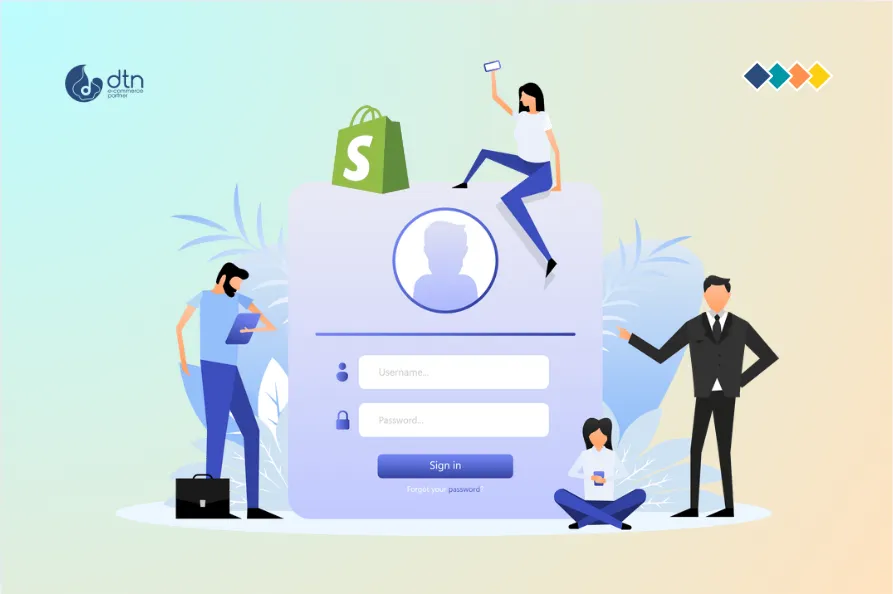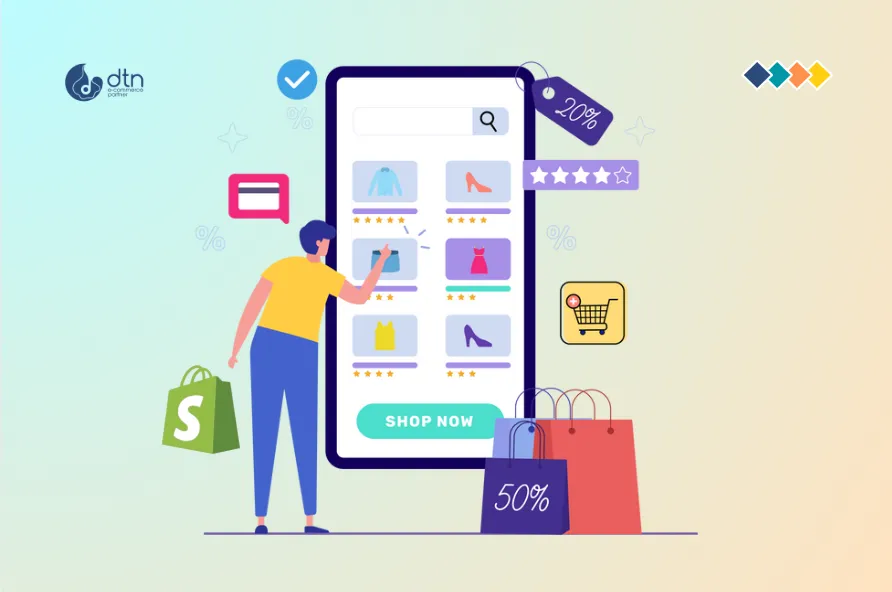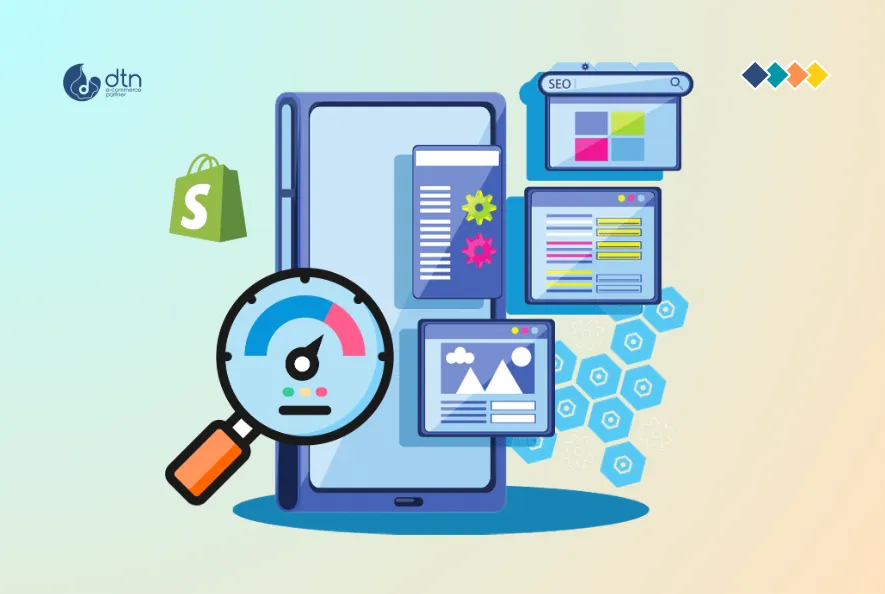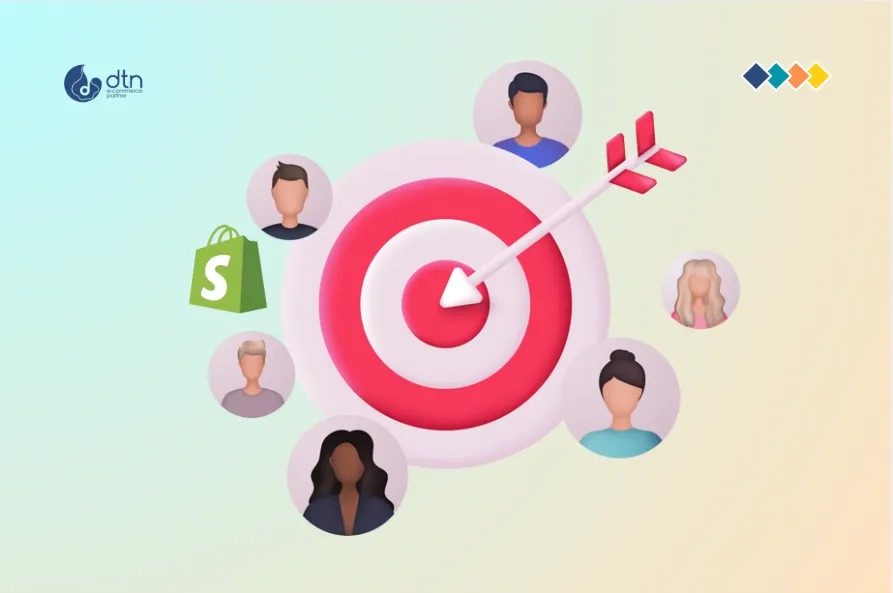Imagine a customer who’s browsed your store once, then returns months later—effortlessly logging in to reorder their favourites with one click, updated addresses, and personalised recommendations waiting. That’s the power of smart customer account management on Shopify. In a market where e-commerce sales are surging past $6.3 trillion globally this year (Statista.com, 2025), keeping customers engaged isn’t just nice—it’s essential for survival. Loyal shoppers spend 67% more than new ones (Shopify.com, 2024), and well-managed accounts can lift retention rates by up to 25% through seamless experiences (BigCommerce.com, 2025). This guide goes beyond basics, sharing practical steps, app integrations, and AI-driven tips to set up and optimise customer accounts on Shopify. Whether you’re a small business owner or a growth-focused marketer, you’ll learn how to turn one-off buyers into lifelong fans.
Why Customer Account Management Matters on Shopify
Customer accounts aren’t just a login button—they’re your secret weapon for retention. They enable shoppers to save details, track orders, and feel valued, thereby reducing friction in future purchases. Without them, 60% of customers abandon carts due to tedious forms (Baymard.com, 2024). Shopify’s built-in tools make setup simple, but mastering management means personalising experiences, analysing data, and using apps to scale. In 2025, with rising expectations for privacy and speed, accounts that integrate AI for recommendations or self-service returns can boost lifetime value by 30% (Forrester.com, 2025). Ready to level up? Let’s start with setup.
Step 1: Enable and Customise Basic Accounts
Shopify offers two paths: classic accounts (simple logins) and the newer Customer Accounts API for advanced features. Begin in your admin dashboard under Settings > Customer accounts.
- Turn It On: Enable accounts to let customers create profiles at checkout or sign up. Opt for mandatory logins for high-value items to build data.
- Core Features: Allow order history views, address saving, and wishlist creation—essentials that cut repeat-buy time by 50% (Shopify.com, 2024).
- Branding Touch: Customise the login page with your logo and colours via the theme editor. Add a “Why create an account?” blurb highlighting perks like exclusive discounts.
A fitness apparel store enabled wishlists early, seeing a 15% uptick in repeat visits as customers saved gear for later.
For seamless e-commerce, pair this with our shipping setup guide.

Step 2: Integrate Advanced Features for Personalisation
Go beyond basics with Shopify’s Customer Account Extensions (launched 2024), which unify orders, returns, and profiles in one hub.
- Order Management: Let customers view, track, and reorder past purchases. Use the API to pull real-time status—ideal for subscription models.
- Self-Service Tools: Enable password resets, address edits, and return requests without support tickets, slashing queries by 40% (Zendesk.com, 2025).
- Personalisation Hooks: Add dynamic content like “Recommended for You” based on past buys, powered by Shopify’s built-in scripts or apps.
Pro tip: For global stores, enable multi-language support via apps like Langify, ensuring accounts feel local.
A beauty brand integrated return portals, reducing support emails by half while boosting satisfaction scores.

Step 3: Manage Customer Data Securely and Smartly
Accounts generate gold—use it wisely. Head to Customers in your admin to oversee profiles.
- Profile Insights: View notes, tags (e.g., “VIP”), and segments for targeted emails. GDPR-compliant tools ensure privacy.
- Data Hygiene: Regularly clean duplicates and inactive accounts; export CSVs for backups.
- AI Enhancements: Leverage Shopify Flow or apps like Klaviyo to automate tags based on behaviour—e.g., “high-value” for £100+ spenders—driving personalised campaigns that increase open rates by 20% (Klaviyo.com, 2025).
Case study: An electronics retailer used AI segmentation to send re-engagement emails to dormant accounts, recovering 12% of lost sales.

Step 4: Choose Apps to Supercharge Management
Shopify’s app ecosystem amplifies accounts—pick ones that fit your scale.
- Core Apps: Richpanel or Yotpo for unified dashboards with chat and loyalty integration.
- Advanced: Customer Fields for custom profile data (e.g., birthday for targeted offers); ReCharge for subscription accounts.
- Privacy-Focused: Osome for GDPR tools, ensuring compliant data handling amid 2025’s stricter regs.
Budget tip: Start free with Shopify’s native tools, then scale to paid apps (£10-50/month) as you grow. A gift shop added loyalty via Smile.io, turning accounts into reward hubs and lifting repeat purchases by 18%.

Step 5: Optimise for Retention and Growth
Management isn’t set-it-and-forget-it—monitor and iterate.
- Analytics Dive: Use Shopify Reports for login rates, repeat buys, and churn. Aim for 20-30% account activation at checkout.
- A/B Testing: Experiment with signup incentives (e.g., 10% off vs. free shipping) via Google Optimize.
- Global Tweaks: For international, add multi-currency views in accounts and comply with regional privacy laws.
Real-world win: A home decor store optimised with post-purchase emails linking to accounts, increasing lifetime value by 22% (Attentive.com, 2025).
Practical Tips to Master Shopify Accounts
- Onboard Smoothly: Use pop-ups at checkout to explain benefits, boosting signup by 15% (OptinMonster.com, 2024).
- AI Personalisation: Integrate with Shopify Magic for auto-generated profile summaries or recommendations.
- Security First: Enable two-factor authentication and regular audits to protect data—essential in 2025’s cyber landscape.
- Scale with Automation: Zapier connects accounts to CRMs like HubSpot for seamless lead nurturing.
Q&A: Shopify Customer Account Management Essentials
What is Shopify customer account management?
It’s tools for customers to log in, manage orders, and personalise experiences, boosting retention by 25% (BigCommerce.com, 2025).
How do I enable customer accounts on Shopify?
Go to Settings > Customer accounts, toggle on, and customise features like order history—takes minutes.
What apps help with Shopify customer account management?
Richpanel for dashboards, Klaviyo for segmentation, or Yotpo for loyalty—start with free tiers.
How does customer account management improve sales?
By saving time on reorders and enabling personalisation, it lifts repeat buys and lifetime value (Forrester.com, 2025).
What are the best practices for managing customer data on Shopify?
Segment profiles, ensure GDPR compliance, and use AI for insights—clean data quarterly for accuracy.
Conclusion: Unlock Loyalty with Shopify Accounts
Mastering Shopify customer account management is your path to turning transactions into relationships in 2025’s booming e-commerce scene (Statista.com, 2025). From simple setups to AI-powered personalisation, these strategies build trust and drive growth. Enable accounts, integrate apps, and monitor metrics to see results.
Ready to boost retention? Audit your setup today and test one new feature. Contact our e-commerce experts for tailored support. Your loyal customer base starts now.
References
- Statista.com, 2025: https://www.statista.com/outlook/emo/ecommerce/worldwide
- Shopify.com, 2024: https://www.shopify.com/blog/customer-retention-program
- Baymard.com, 2024: https://baymard.com/lists/cart-abandonment-rate
- BigCommerce.com, 2025: https://www.bigcommerce.com/blog/customer-account-management/
- Forrester.com, 2025: https://www.forrester.com/report/The-State-Of-Customer-Experience-2025/
- Klaviyo.com, 2025: https://www.klaviyo.com/blog/customer-engagement-stats
- Attentive.com, 2025: https://www.attentive.com/blog/ecommerce-retention-strategies
- OptinMonster.com, 2024: https://optinmonster.com/shopify-signup-best-practices/
- Zendesk.com, 2025: https://www.zendesk.com/blog/customer-service-stats/




